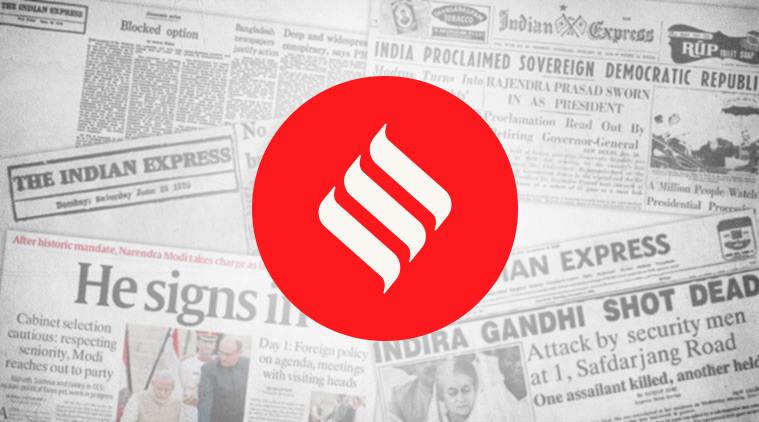
THE Narendra Modi government has made an effort to wrest back the political initiative with the presentation of the interim budget for 2019-20, with its targeted interventions aimed mainly at three key constituencies which have been visibly unhappy for a while now — farmers, the growing numbers of the salaried middle class and the unorganised sector. With national polls under a couple of months away, and keeping in mind the recent electoral reverses in three key states, the government has almost squeezed in a sixth budget with its proposals aimed at wooing the middle class with tax sops and announcement of structured direct minimum annual income support of Rs 6,000 to small and marginal farmers who have upto two hectares through a direct bank transfer. Of course, these will have to be endorsed by a new government.
A government in poll mode has provided Rs 20,000 crore for this fiscal for the income support scheme which is modest in scope and ambition compared to the Rythu Bandhu scheme of Andhra Pradesh and the Odisha government’s Kalia programme, and an allocation of Rs 75,000 crore in the next fiscal. Whether this will pay political dividends given that it has come late — much after the peak of the agrarian crisis which has gripped many parts of the country — will be known only in May. Interim budgets are at best budgeting for spending for the first four months of the fiscal until a new government takes over. This time around, the debate on convention versus constitutional provision on the presentation of the budget was triggered because of fears of the government pursuing a scorched earth policy in a bid to come back to office at any cost. That hasn’t quite been the case — though one can quibble about the income tax giveaways. The financial markets or the central bank may not fret much over the 0.1 per cent slippage in the fiscal deficit target for 2018-19 to 3.4 per cent from the budgeted 3.3 per cent, but surely the next government is bound to face far more scrutiny on its commitment to fiscal prudence and on its ability to raise money to spend on a range of social welfare schemes. As in the case of the farm and banking sectors where the challenges were severe and visible at the start of the NDA government’s term in 2014, welcome though it is, the fiscal incentive for homeowners and the real estate sector may have also come a little late. The move does hold the potential to rekindle the spirits of industry, especially if interest rates remain stable.
Many of the government’s gambles may not pay off if GST revenues aren’t buoyant next fiscal, and if the consumption engine sputters, and if there isn’t renewed investment activity. PM Modi’s economic philosophy, which was mirrored in a generally hawkish fiscal stance, now seems to have shifted towards welfarism. The question is whether his instincts will help him and his party pass the political test.